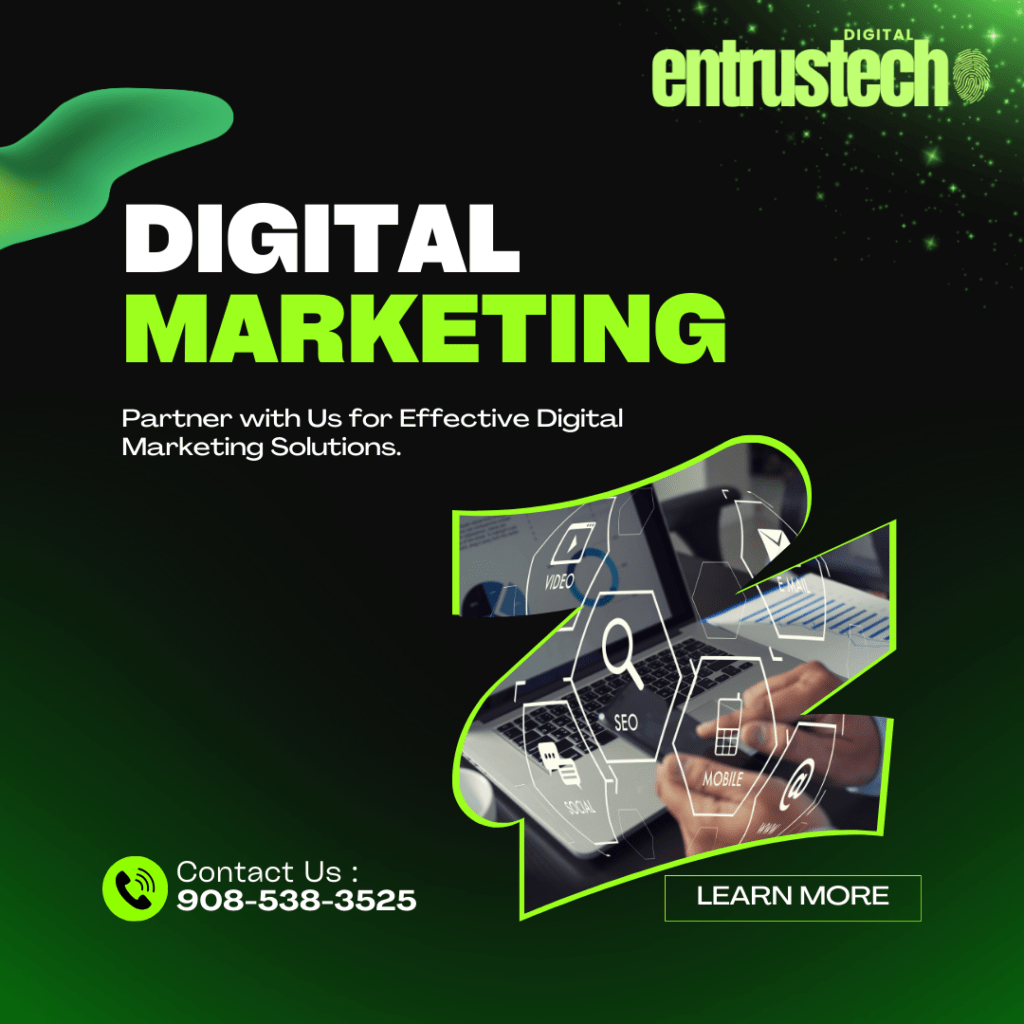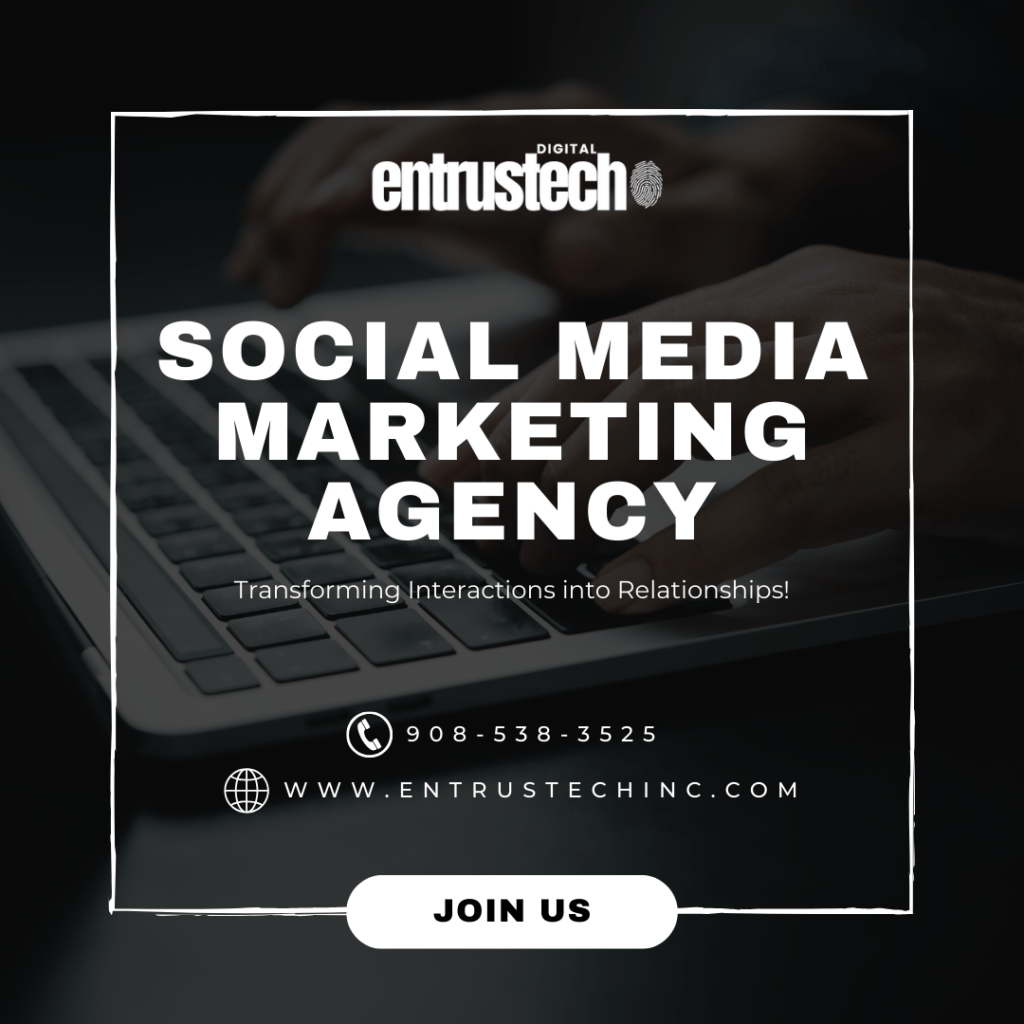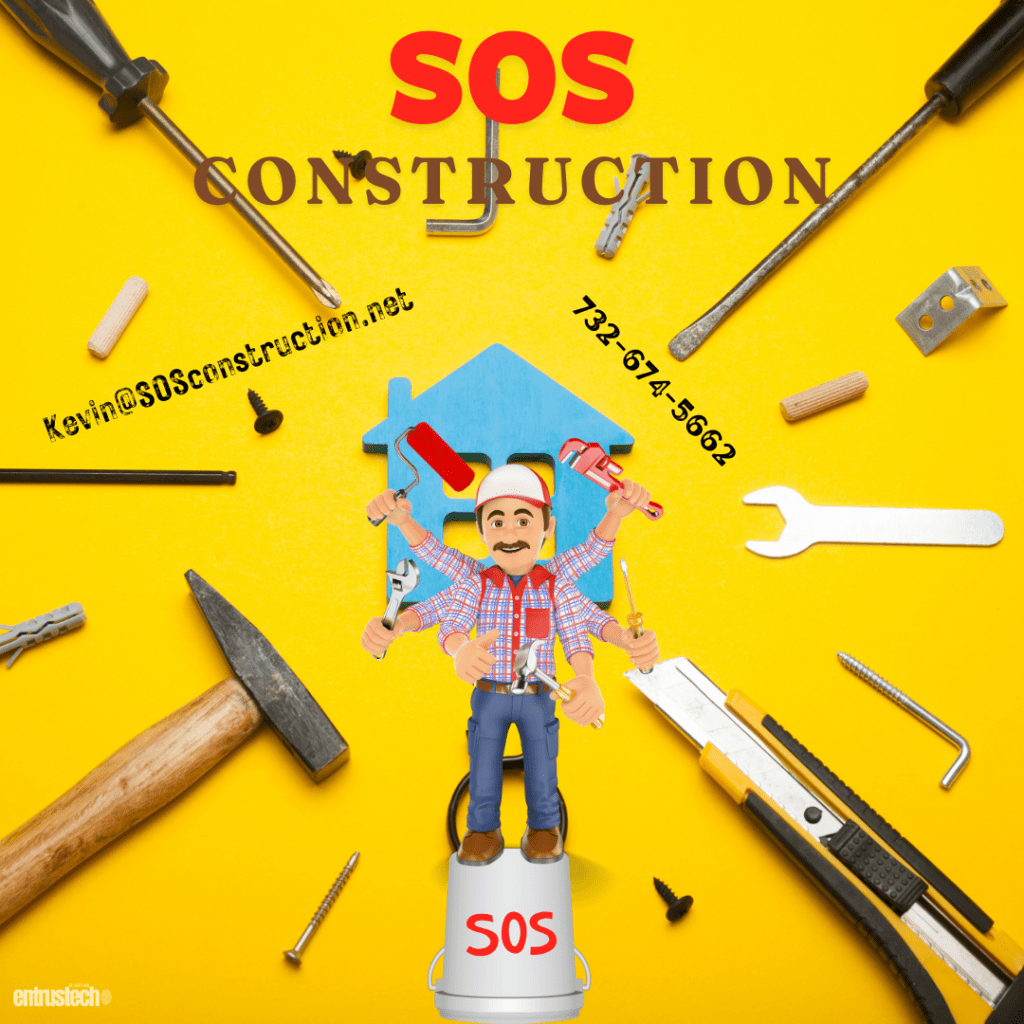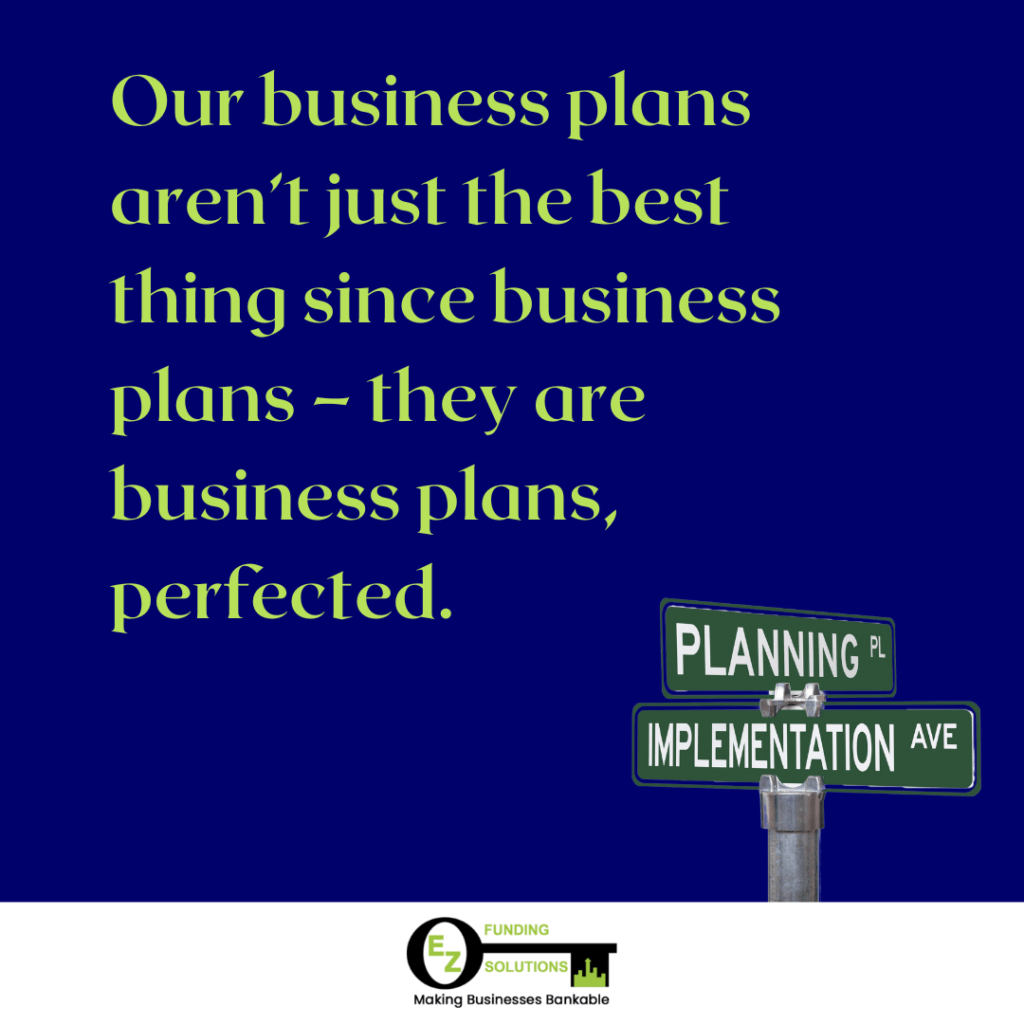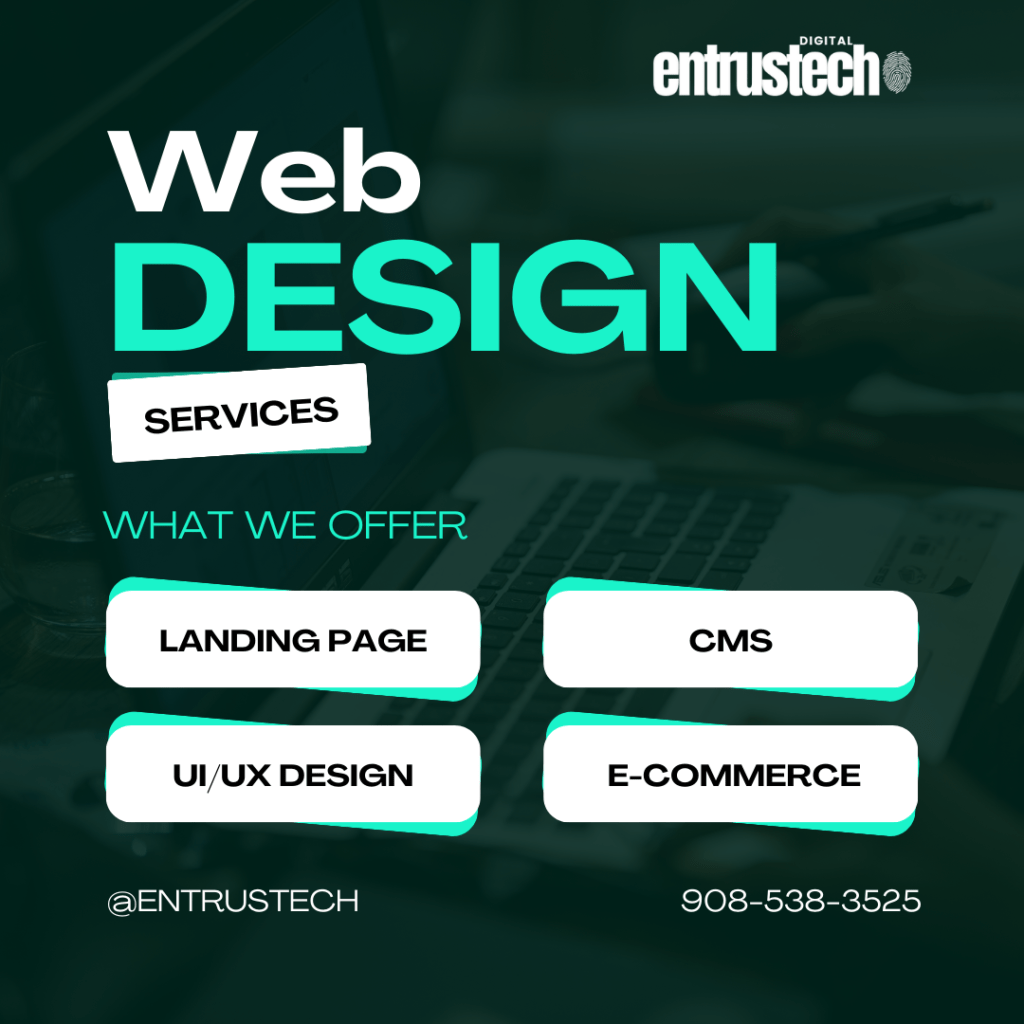What is Content Marketing?
Why is Content Marketing Important?
Content marketing is vital for businesses today because it aligns with the way consumers make purchasing decisions. By creating content that resonates with your audience, you can build brand awareness, establish authority in your industry, and nurture long-term customer relationships. Unlike interruptive ads, content marketing pulls customers in through inbound marketing tactics such as blog posts, video content, and social media posts.
This approach builds trust by demonstrating your expertise and understanding of customer needs. In doing so, content marketing not only enhances brand loyalty but also provides a cost-effective way to engage your audience over the long term.
Types of Content Marketing
Content marketing encompasses a variety of formats, each serving different purposes and audience preferences. Here are some of the most effective types:
1. Blog Posts
Blogs are a cornerstone of content marketing strategy. They allow you to address common customer questions, share industry insights, and optimize for search engines (SEO) to attract organic traffic. For example, a company offering a product or service can use blog posts to explain how their solutions solve specific problems.
2. Video Content
Video content is incredibly engaging and versatile. From explainer videos to customer testimonials and live streams, video can effectively showcase your brand’s personality and build an emotional connection with your audience. Platforms like YouTube and TikTok have amplified the reach of video marketing, making it easier to engage with wider audiences.
3. Social Media Posts
Platforms like Instagram, LinkedIn, and Twitter are ideal for sharing short-form content, promoting blog posts, or engaging directly with your audience. Social media posts can amplify your reach and encourage interactions. Emerging platforms like Threads and BeReal are also gaining traction and could be explored as part of your strategy.
4. Email Marketing
Email remains one of the most cost-effective forms of content marketing. Regular newsletters, promotional offers, and personalized messages can nurture leads and drive conversions. Incorporating personalized and segmented content in emails can significantly improve engagement rates.
5. Case Studies
Case studies provide in-depth examples of how your product or service has solved real-world problems for customers. They build trust and credibility, making them particularly effective for B2B content marketing.
6. E-books and Whitepapers
These long-form content types are great for providing in-depth information. Often gated, they’re also excellent for lead generation, particularly in industries requiring technical or detailed knowledge.
7. Infographics
Infographics are visually appealing and digest complex information quickly. They’re highly shareable, making them a great tool for increasing brand awareness.
8. User-Generated Content (UGC)
Encouraging your customers to share their experiences with your brand can be a highly effective form of content marketing. Campaigns like Coca-Cola’s “Share a Coke” exemplify how UGC can boost engagement and brand loyalty.
How Content Marketing Builds Trust?
Trust is the cornerstone of any successful business relationship. Content marketing builds trust by consistently delivering value. When customers see that your content addresses their pain points, educates them, or entertains them without an immediate sales pitch, they’re more likely to view your brand as credible and reliable.
For example, publishing detailed guides or case studies shows your expertise in your industry, while user-generated content or reviews highlight social proof. Over time, this approach fosters brand loyalty, encouraging repeat business and word-of-mouth referrals.
Developing an Effective Content Marketing Strategy
A successful content marketing strategy doesn’t happen by accident. It requires careful planning, execution, and measurement. Here’s a step-by-step guide:
1. Define Your Goals
What do you hope to achieve with content marketing? Common goals include increasing brand awareness, driving traffic, generating leads, or boosting sales.
2. Understand Your Target Audience
Research your audience’s demographics, preferences, and pain points. Tools like surveys, analytics, and customer personas can help refine your understanding.
3. Choose the Right Types of Content
Select content types that resonate with your audience and align with your goals. For instance, B2B content marketing often relies on case studies, whitepapers, and LinkedIn posts, while B2C may focus on social media and video content.
4. Create a Content Calendar
Consistency is key in content marketing. Use a content calendar to plan your posts, ensuring regular updates across platforms.
5. Optimize for SEO
Search engine optimization ensures your content is discoverable. Use relevant keywords, optimize metadata, and focus on quality to improve your rankings.
6. Measure and Adjust
Use analytics tools to track performance metrics such as traffic, engagement, and conversion rates. Adjust your strategy based on what’s working and what isn’t.
B2B vs. B2C Content Marketing
While the principles of content marketing apply to both B2B and B2C, there are differences in execution:
B2B Content Marketing
B2B content marketing focuses on building long-term relationships. The content is often more detailed and data-driven, targeting decision-makers within companies. Formats like case studies, whitepapers, and webinars are common.
B2C Content Marketing
B2C content marketing is more emotional and entertaining, aiming to capture the interest of individual consumers. Social media posts, video content, and blog posts are highly effective in this space.
The Role of Content Creation in Building Brand Awareness
Content creation is the backbone of content marketing. Every blog post, video, or email you produce contributes to building your brand’s identity. When done consistently and thoughtfully, content creation enhances your visibility, making it easier for potential customers to find and remember your business.
For instance, an e-commerce company might create video tutorials showing how to use their products, while a service-based business could publish insightful blog posts that answer common questions. Spotify’s “Wrapped” campaign is a stellar example of content marketing driving brand awareness through personalized user engagement.
How Content Marketing Drives Profitable Customer Action?
Ultimately, the goal of content marketing is to drive profitable customer action. By guiding potential customers through the buyer’s journey with targeted content, you can:
- Raise Awareness: Attract attention with engaging blog posts and social media content.
- Nurture Interest: Provide in-depth resources like e-books or webinars to educate your audience.
- Encourage Decision-Making: Use testimonials, case studies, and product comparisons to showcase value.
- Prompt Action: Include strong calls-to-action (CTAs) that make it easy for customers to take the next step.
FAQs
What is the primary purpose of content marketing?
How does content marketing differ from traditional advertising?
What are some common types of content used in content marketing?
Why is content marketing important for SEO?
How do I measure the success of my content marketing strategy?
What are some examples of successful content marketing campaigns?
Can small businesses benefit from content marketing?
Conclusion
Content marketing is a powerful tool for building brand trust, enhancing loyalty, and driving profitable customer action. By creating content that resonates with your audience and aligns with your business goals, you can establish a lasting connection that goes beyond one-time transactions.
Whether through blog posts, video content, or email campaigns, a well-executed content marketing strategy can set your brand apart in a crowded marketplace. Start investing in content marketing today to reap the benefits of increased brand awareness and long-term customer relationships.


